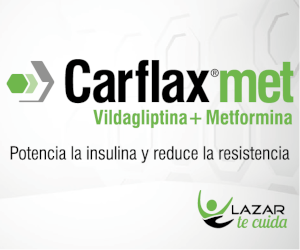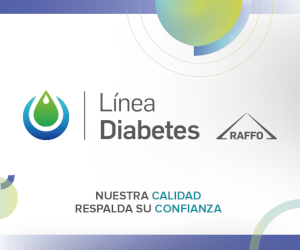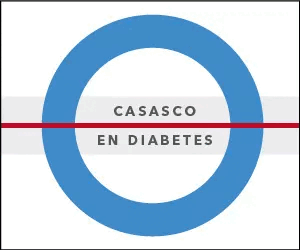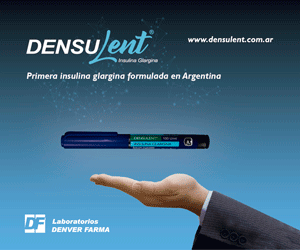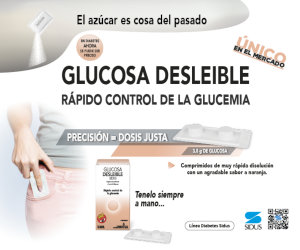Does retinopathy accurately identify the glycemic threshold for the diagnosis of diabetes mellitus?
Keywords:
retinopathy, diabetesAbstract
The 2-hour plasma glucose (2hPG) in the oral glucose tolerance test (OGTT) has considered the standard for the diagnosis of diabetes since 1979/1980. The relation between different glycemic measures and retinopathy (DR) forms basis for the current criteria for type 2 diabetes (T2D). The cutpoint 11.1 mmol/L was established to indicate the threshold above which people have a substantially elevated T2D-associated risk of DR. The specific levels of Hb1c (6.5%) and FPG (7.0 mmol/l) were also adopted as diagnostic criteria for T2D after 2hPG, because they were equivalent to 2hPG in predicting DR. These associations have been confirmed in several populations and ethnic groups.
Originally, it was considered that DR is a very specific complication of hyperglycemia, and therefore, its presence may define the glycemic threshold which indicates T2D. However, the presence of DR has been also found in approximately 8% of people with intermediate hyperglycemia (IH) (prediabetes; IFG and/or IGT). Several forms of cardiovascular diseases (CVD) have also been associated with IH, independently of other known CVD risk factors. Therefore, it has been questioned whether DR is the correct way to define glycemic cutpoints for T2D. CVD is by far a more severe consequence of hyperglycemia than DR.
Recently, International Diabetes Federation (IDF) published a Position Statement on the use of 1-hour PG (1hPG) to define IH and T2D. The Statement indicates that the 1-h post-load PG ≥ 8.6 mmol/L in people with normal glucose tolerance (NGT) during an OGTT is highly predictive for detecting progression to T2D, micro- and macrovascular complications, People with a 1-h PG ≥ 8.6 mmol/L are considered to have IH and should be prescribed lifestyle intervention. People with a 1-h PG ≥ 11.6 mmol/L are considered to have T2D and should have a repeat test to confirm the diagnosis of T2D.
During the last decades, much new research data have been obtained to understand the pathophysiology of IH and T2D. It has become clear that both conditions are heterogeneous. Thus, the approach to use DR as the sole criterion for glycemic threshold to define T2D seems to be too simpleminded. T2D is a progressive disease and the use arbitrary cutpoins for continuous glycemic variables is not the appropriate way to understand and define the disease. In addition, DR is a consequence of hyperglycemia and it cannot be used either to understand the pathophysiology of T2D or to help in predicting and preventing T2D.
References
I. National Diabetes Data Group. Classification and diagnosis of diabetes mellitus and other categories of glucose intolerance. Diabetes 1979;28:1039-1057.
II. The ADA Expert Committee on the Diagnosis and Classification of Diabetes Mellitus. Report of the expert committee on the diagnosis and classification of diabetes mellitus. Diabetes Care 1997;20:1183-97.
III. The DECODE Study Group. Is the current definition for diabetes relevant to mortality risk from all causes and cardiovascular and noncardiovascular diseases? Diabetes Care 2003;26:688–96.
IV. Bergman M, Manco M, Satman I, Chan J, et al. International Diabetes Federation Position Statement on the 1-hour post-load plasma glucose for the diagnosis of intermediate hyperglycaemia and type 2 diabetes. Diabetes Res Clin Pract. 2024;205:111589
Downloads
Published
How to Cite
Issue
Section
License
Copyright (c) 2024 on behalf of the authors. Reproduction rights: Argentine Society of Diabetes

This work is licensed under a Creative Commons Attribution-NonCommercial-NoDerivatives 4.0 International License.
Dirección Nacional de Derecho de Autor, Exp. N° 5.333.129. Instituto Nacional de la Propiedad Industrial, Marca «Revista de la Sociedad Argentina de Diabetes - Asociación Civil» N° de concesión 2.605.405 y N° de disposición 1.404/13.
La Revista de la SAD está licenciada bajo Licencia Creative Commons Atribución – No Comercial – Sin Obra Derivada 4.0 Internacional.
Por otra parte, la Revista SAD permite que los autores mantengan los derechos de autor sin restricciones.











